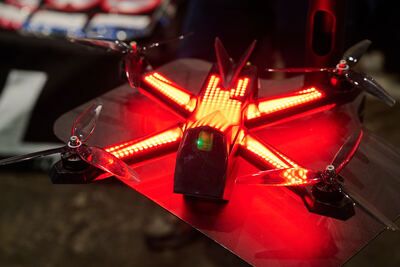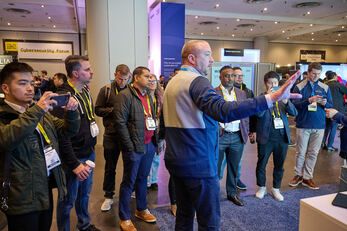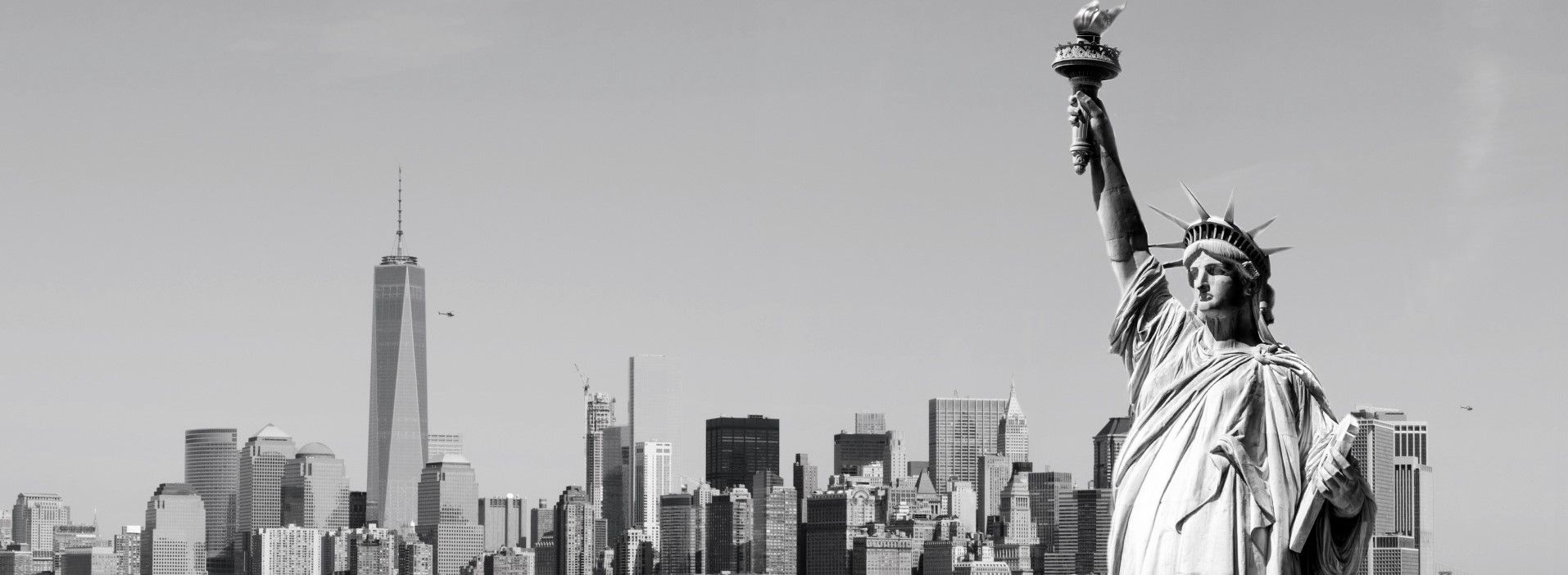Learn about the Formula One of the Skies
Introduction:
Anne Marie Gianutsos joins us from the Drone Racing League (DRL), a professional sports league where the world's best drone pilots race high-speed drones through aerial courses. The league features standardized drones and pilots control the drones remotely using first-person view goggles and controllers. DRL also has an AI Robotic Racing (AIR) circuit where teams compete with autonomous drones against a standard AI drone and the winning AI drone races against the human pilot.
This interview mentions that in the previous AIR competition, the human pilot prevailed but predicts that advancements in autonomy may allow the AI drone to beat the human pilot in future races. The league recruits pilots globally and provides cash prizes, with some pilots going on to careers in cinematography. DRL is headquartered in New York City and has a fleet of 600 drones, with about half crashing during events.
Anne Marie discusses with Chuck the potential future advancements in sensor technology and computer vision to enhance drone navigation and racing capabilities. The below article has been created using a transcript of the video. Find out more about the 2025 AI in Robotics agenda, or join us at The AI Summit New York check out our pass and pricing options.
Chuck Martin:
This is Chuck Martin at the AI Summit in New York, and I'm happy to say I've got Anne-Marie Gianutsos, CMO of Drone Racing League, with me.
Anne-Marie Gianutsos:
Thank you, I'm so excited to be here.
Overview of Drone Racing
Chuck Martin:
The drone racing concept is really cool. Tell me about your drones and the sport.
Anne-Marie Gianutsos:
Drone Racing League is like Formula One, but with drones. The best drone pilots in the world race the fastest drones through incredible aerial courses. It's a global phenomenon watched by millions.
How Drone Racing Works
Chuck Martin:
How does the racing work?
Anne-Marie Gianutsos:
Our drones are standardized, and the pilots don't even touch them—they race using first-person view (FPV) goggles. The drones can go nearly 100 miles an hour, and each race lasts about a minute.

Drone Racing Courses
Chuck Martin:
Where do these races take place?
Anne-Marie Gianutsos:
We mostly race indoors, although we’ve had outdoor races like the one on the Las Vegas Strip during CES. The courses are designed for high-speed aerial action.
AI in Drone Racing: Autonomous Drone Racing
Chuck Martin:
You mentioned AI. How does it fit into drone racing?
Anne-Marie Gianutsos:
We have an autonomous drone racing series called AIR (AI Robotic Racing). Teams of engineers design AI to race against human pilots. In the last competition, the human pilot won, but we believe with AIR 2.0, the AI drone might beat the human pilot.
Recruiting Drone Pilots
Chuck Martin:
Where do you find these incredible drone pilots?
Anne-Marie Gianutsos:
We recruit globally, like any professional sports league. For instance, our last winning pilot came from South Korea. Pilots compete both in real-world races and virtual ones using simulators.
Differences Between AI and Human-Piloted Drones
Chuck Martin:
I noticed the AI drone is bigger. Why is that?
Anne-Marie Gianutsos:
The AI drone is heavier because it carries more technology for processing. While it’s not as fast as the human-piloted drones yet, advances in processing will make it lighter and faster in the future.

Drone Pilot Experience: The Flight Deck
Chuck Martin:
Where do the pilots control the drones?
Anne-Marie Gianutsos:
They sit in the Flight Deck. Some prefer to stand, believing it makes them faster. They’re all equipped with controllers, racing their drones from there.
Backgrounds of Drone Pilots
Chuck Martin:
Who are these pilots? Are they regular people?
Anne-Marie Gianutsos:
Yes, they come from diverse backgrounds. Some are technologists with aviation experience, while others are gamers who learned through drone simulators and later transitioned to flying real drones.
Career Opportunities for Drone Pilots
Chuck Martin:
Do the pilots win anything?
Anne-Marie Gianutsos:
Yes, there are cash prizes, and many pilots go on to work in cinematography, shooting for Hollywood directors like Michael Bay or music artists like Justin Bieber.
Advances in Drone Technology
Chuck Martin:
Where is drone racing heading in the next year?
Anne-Marie Gianutsos:
We’re focused on advancing sensor technology, making the drones smarter. As the technology improves, we expect AI-powered drones to become faster and more efficient, bringing even greater competition to the sport.
Find Out More
Keep up to date with the latest insights and innovations and attend The AI Summit New York 2024.
Or, see more highlights from the 2023 New York AI Summit.
)

)
)


)
)

)

)
)
)
)
)
)
)
)
)
)
)

)
)
)

)
)
)
)
)



)

)
)
)
)
)

)
)
.svg)

)
)
)
)

)
)
)

)
)
)
)
)
)
)
)
.jpg/fit-in/500x500/filters:no_upscale())

)
)
)
)
)
)
)
)
)
)

)
)
)
)
)
)
)
)
)
)
)
)
)